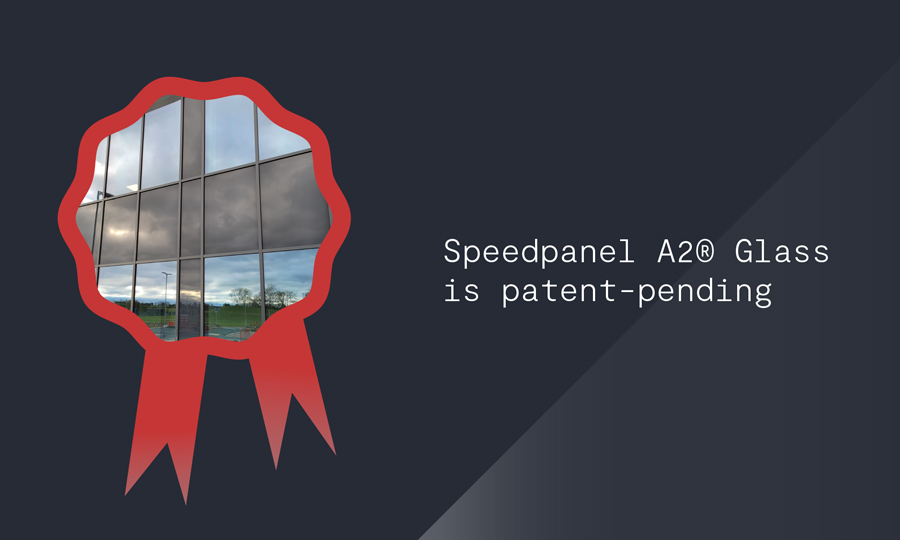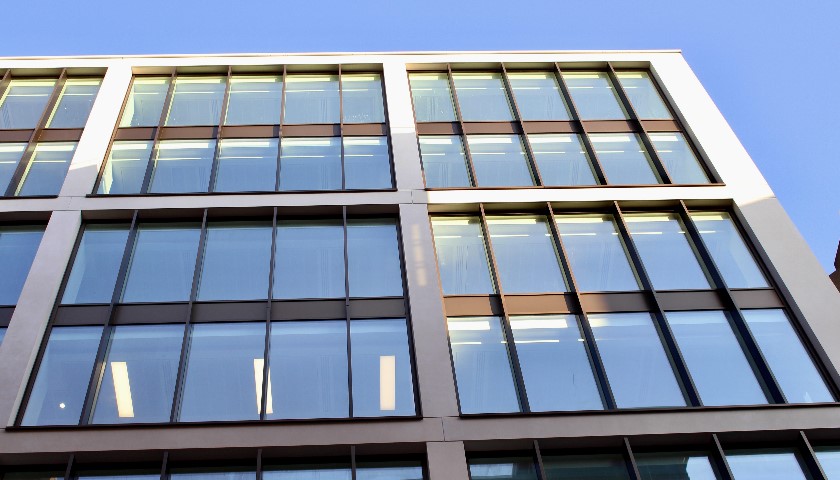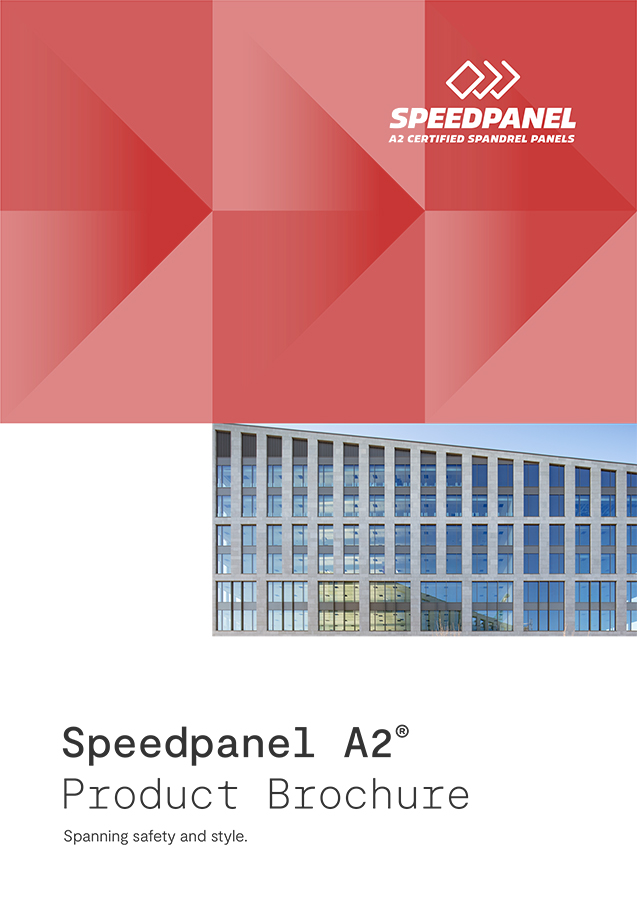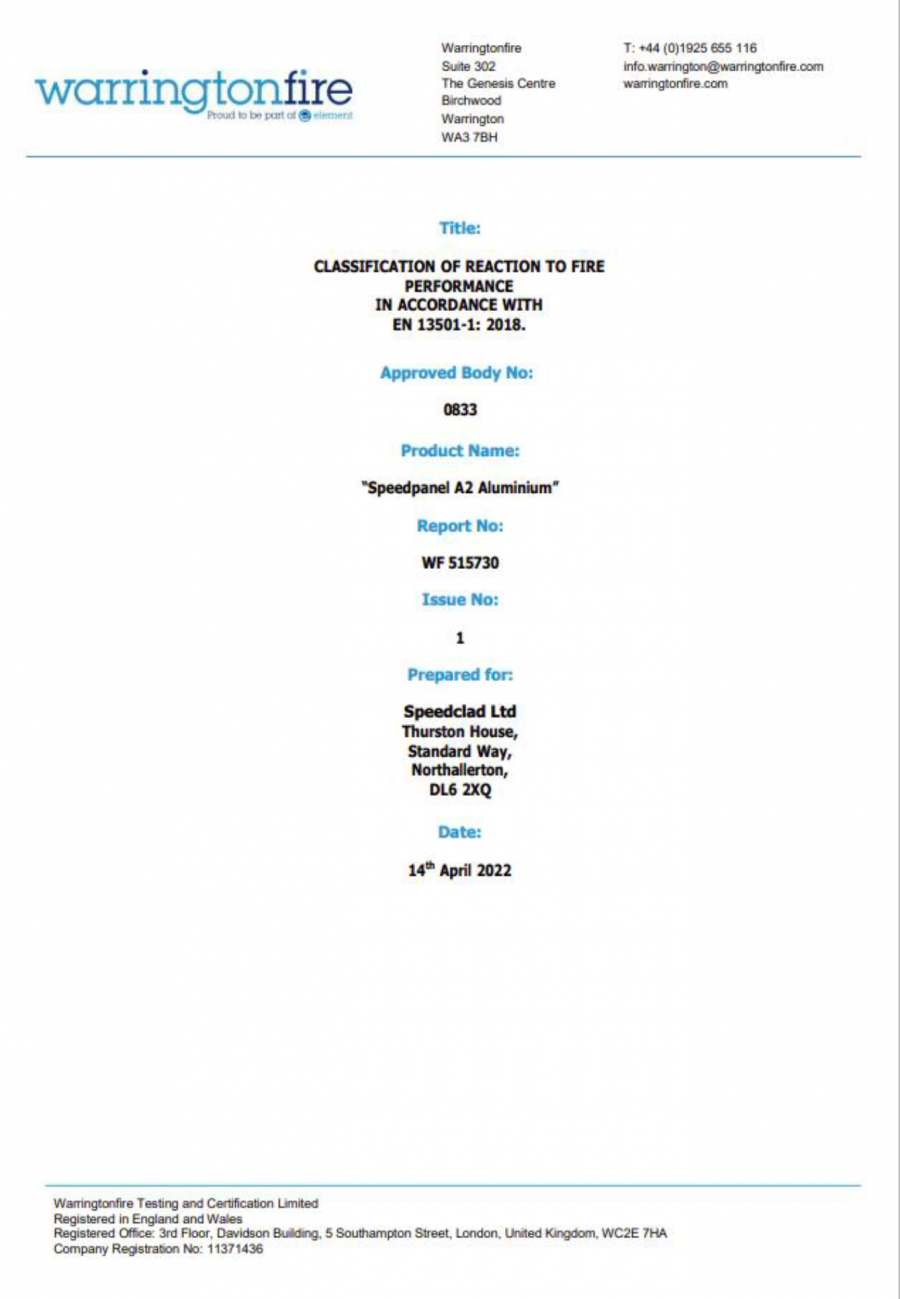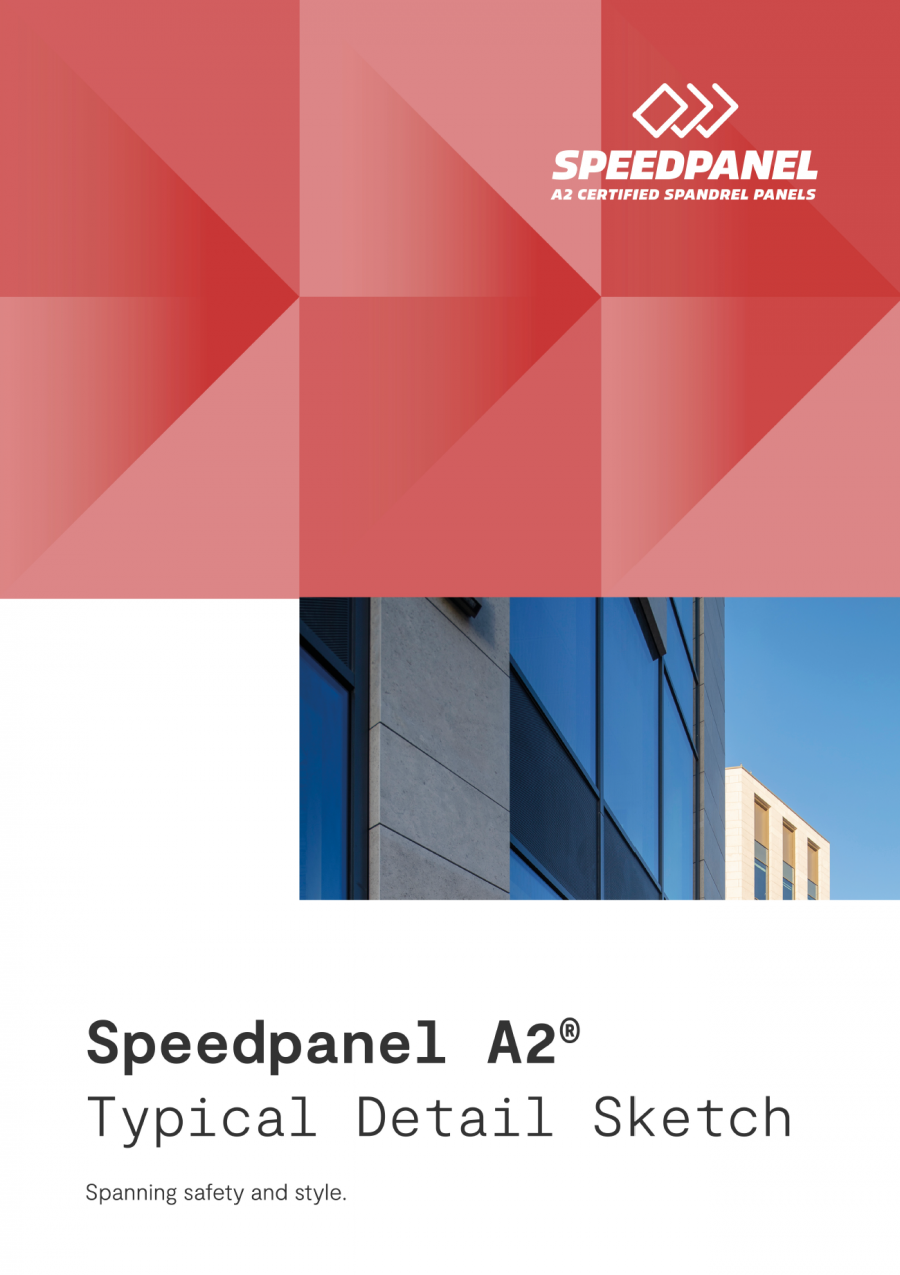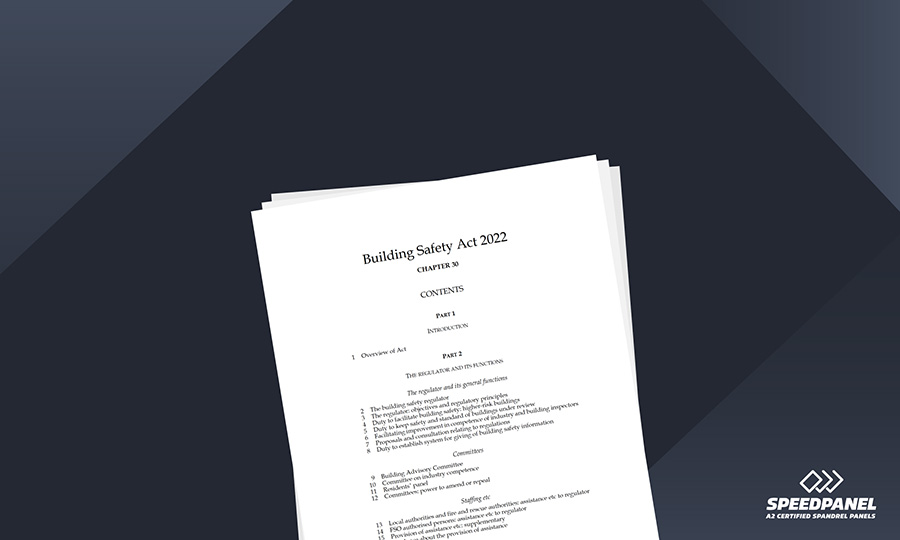
On the 28th of April 2022, after a long journey of debates and amendments through parliament, the Building Safety Act became law in England. The 262-page Act is designed to create “lasting generational change” to the way we design, construct, and maintain our buildings, providing a framework that prioritises occupier safety first and foremost.
Whilst guidance on how the Act will be put into effect may take another 12-18 months to be released, there are several measures which directly impact the roles and responsibilities of everyone involved in construction projects. This encompasses those who commission building work and who participate in the design and construction process, including clients, designers, and contractors, as well as product manufacturers. It is therefore vital to understand the expectations involved at each stage of construction.
Why was the Building Safety Act created?
The Building Safety Act was developed in response to the Grenfell Tower fire tragedy in 2017. In her landmark report ‘Building a Safer Future: Independent Review of Building Regulations and Fire Safety’, published in 2018, Dame Judith Hackitt highlighted that the existing regulatory system for high-rise and complex buildings was “not fit for purpose” and outlined recommendations for “a new regulatory framework which will drive real culture changes and the right behaviours” across the construction industry. Her core recommendations addressed the need for:
- complete clarity on roles and responsibilities;
- regulatory oversight and enforcement tools; and
- creating a ‘golden thread’ of project information running from specification to handover— especially in relation to fire safety.
In 2020, the government proposed the Building Safety Bill to put these recommendations into action. The Bill went through a lengthy consultation, outlining the changes it proposed to make to the building regulations to ensure the safe design, construction, and maintenance of high-rise residential buildings. After a series of amendments, the Bill received Royal Assent and passed into law as the Building Safety Act in April 2022.
What type of buildings does the Building Safety Act apply to?
Currently in force in England, the Building Safety Act is applicable to all buildings and breaks down new roles and responsibilities for those designing, building, or supplying materials to any type of project. However, it also includes specific provision for what it classes as “higher-risk buildings”. Higher risk buildings are defined as those that are:
- at least 18 metres in height, or
- have at least seven storeys and contain at least two residential units.
It should be noted that Scotland and Wales are undertaking separate, regional routes to addressing building safety although some aspects of the Building Safety Act do apply to each region. For more information, please refer to Scotland’s Building and Fire Safety: Ministerial Working Group and the Welsh Government’s May 2022 statement on Building Safety in Wales.
How will the Building Safety Act change roles and responsibilities in the construction process?
The Act sets the boundaries of responsibility for every party involved in the construction and management of buildings, with clear consequences if any do not meet the standards set for them. Here are some of the key changes and actions coming into force under the Act:
The introduction of the Building Safety Regulator (BSR)
Sitting within the Health and Safety Executive (HSE), the Building Safety Regulator (BSR) will be responsible for:
- overseeing the safety and standards of all buildings;
- advocating for higher levels of competence from building control professionals and other industry stakeholders; and
- implementing the new regulations for higher-risk, high-rise buildings. This includes checking that regulatory requirements for higher risk projects are met at specific points in the design and construction process, such as at the planning and Building Control phases, with the power to halt work if safety is compromised.
This video from the HSE provides a clear overview of the function of the BSR.
Maintaining the ‘golden thread’
Throughout the construction process, developers will need to create, hold and maintain a “golden thread” of information so that clear and correct information is readily available to ensure buildings are safe and building safety risks are managed throughout the building’s lifecycle.
- Architects acting as the Principal Designer will be responsible for starting this and will be expected to give a clear account of how the building was designed, and what decisions were made in terms of fire and structural safety.
- Logs will then need to be kept of how the design is constructed and the final building is maintained. This must be handed over to the regulator as part of the ‘gateway’ process.
Statutory definition of ‘Accountable Persons’
Under the Act, Accountable Persons for higher risk buildings are defined as landlords and freeholders who are in charge of repairing the common parts of the building - common parts include the structure, exterior and any other part of the building provided for the common use of the residents. Accountable Persons could be an individual, a partnership or corporate body. All occupied higher-risk buildings will be required to have at least one clearly identifiable Accountable Person, known as the Principal Accountable Person, who is responsible for ensuring that fire and structural safety is being properly managed for the whole building. This includes liaising with occupiers, providing them with clear information about the safety of their homes and getting their input on any key decisions.
Greater leaseholder protections
The Building Safety Act mandates that it is landlords and/or developers—not leaseholders— that are liable for the costs of remediating historical building safety defects. In the event that the building owner cannot be traced, the Act allows the government to set up a levy to cover the works, which will be chargeable to housebuilders on all new residential buildings in England. Leaseholders will also have the right to sue developers for defective works for up to 30 years after the building is completed – extended from the current 6 year period. This is also being applied retrospectively for a period of up to 15 years.
New Homes Ombudsman
A New Homes Ombudsman will be set up to address homebuyer complaints about developers. This will require developers to become and remain members of the scheme for a specified period. Membership may make them subject to a Code of Conduct and sanctions if found in breach of any of the requirements.
How will the Building Safety Act make construction product manufacturers more accountable?
A new regulatory body has been created under the Act, within the Office for Product Safety and Standards (OPSS). The National Regulator for Construction Products (NRCP) will have the power to remove products from the market if deemed potentially dangerous. The regulator will also issue penalties against suppliers and manufacturers who do not comply with the rules around product information. This means that any construction product manufacturer or supplier found to be providing a substandard or faulty product, or one which is being marketed based on misleading or false information, will be held accountable and required to pay damages to those involved on the affected projects. This accountability extends to architects and contractors facing action due to the failure of their projects caused by specification and installation of such products. The period of liability for all product types is 15 years from the Act coming into force, extended to 30 years in the case of cladding products used prior to the Act coming into force.
How is the Building Safety Act being implemented?
The Act is being introduced in phases as the necessary secondary legislation is put in place. Regular consultations are being used to inform the practical application of the principles enshrined in the Act. These can be tracked here.
Read the Building Safety Act in full here.
How Speedpanel prioritises building safety
Speedpanel’s very existence is rooted in the desire to help create safer buildings. Our A2 fire rated spandrel panels were developed over 5 years, including partnership with one of the world’s leading adhesive manufacturers and a rigorous testing process to ensure optimal fire performance. The traditional built-up approach to spandrel panels creates vulnerabilities in curtain walling projects, as even if each element is A1 or A2 fire rated, this does not account for how those elements will react together in the event of a fire. By developing and testing Speedpanel A2® as a complete panel, we’re able to offer greater assurance to specifiers, contractors and building owners that the integrity of the spandrel zones within a curtain walling system will be maintained in a fire event. Both our aluminium- and glass-faced spandrel panels are independently tested and certified to A2-s1, d0.
Learn more about how we developed Speedpanel A2® here.
We also know that concerns over non-compliant spandrel panels pose a challenge for existing structures. We developed thinner variations of both Speedpanel A2® Glass and Speedpanel A2® Aluminium, tested rigorously to achieve the same A2-s1, d0 fire rating, to make it easier to specify with confidence for retrofit where replacement panels need to fit within the existing structural allowances. Designed specifically to remedy structures which have had older, substandard spandrel panels removed, these versions allow work to swap new-for-old to be completed swiftly and safely.
You can read about one of our remediation projects here.
As well as putting building safety at the heart of our product development, we also recognise the importance of having ready access to clear, reliable and up to date product information throughout the specification and construction process. That is why all of our product data sheets and fire certificates are easily available through our website. Although we are not yet pursuing accreditation through the Code for Construction Product Information (CCPI), we readily welcome this important scheme and are committed to upholding the principles of providing information that is Clear, Accurate, Up-to-date, Accessible and Unambiguous.
This information is correct at time of writing, but the Building Safety Act and surrounding regulations are subject to amendments. For the latest version of the regulations, please refer to the government websites in the individual regions.









